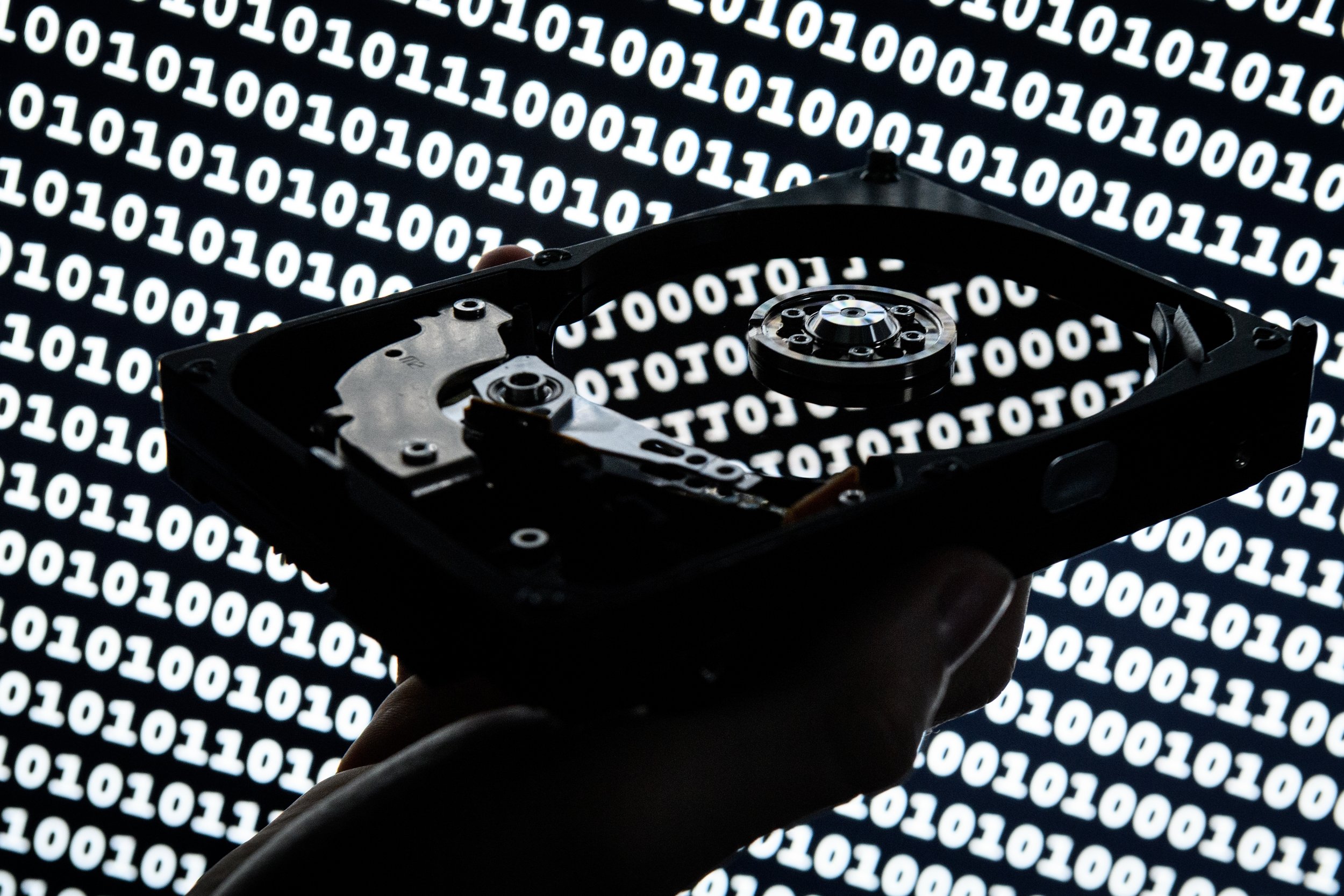
Our world is all about information, so perhaps it's no surprise that quantum physicists think about how they can manipulate their field to send information faster. And in a pair of recent papers, a team of quantum scientists have outlined a way to do just that—and in a way that no wannabe spy could ever listen in on.
The gist of the technique feels a bit like the famous riddle in which two guards—one of whom always tells the truth and one of whom always lies—protect two doors, one of which hides a tiger. The trick is to always ask what the other guard would say: that way, it doesn't matter whether you've asked the truthful guard or the lying one, you have precisely one lie and one truth in the answer, so you can work backwards to avoid the tiger.
In the quantum communication scenario, it's not about truth and lies, it's about knowledge and uncertainty between two people. For simplicity, imagine the tiniest message possible, which includes either yes or no, no additional information. Each person knows what message they sent.
Traditionally, each person would send their yes or no encoded in a particle of light and the other person would receive it based on how long light takes to bridge the distance between them: two people, two particles, twice the wait time. But here's where the new research speeds things up. Quantum physics means that the same particle can be—as one of the researchers told Live Science—essentially "in two places at the same time."
Read more: Can Artificial Intelligence Help Scientists Unravel the Secrets of Colliding Black Holes?
That nifty trick means two people can communicate with just one particle of light in which both people have encoded their message. If one person sent yes and the other sent no, the particle looks like a "yes" particle—but the person who sent yes knows that, so knows to translate as no, just like the person avoiding the tiger. If both people sent yes or both people sent no, the particle looks like a "no"—but again, someone who sent a yes can see that and work backwards to conclude the other person sent yes as well.
Either way, by sharing the same particle to exchange messages, the process halves the amount of travel time. And because the message is shaped by both senders, it's extra secure—someone has to know one of the messages to decipher the other.
Uncommon Knowledge
Newsweek is committed to challenging conventional wisdom and finding connections in the search for common ground.
Newsweek is committed to challenging conventional wisdom and finding connections in the search for common ground.
About the writer
Meghan Bartels is a science journalist based in New York City who covers the science happening on the surface of ... Read more





